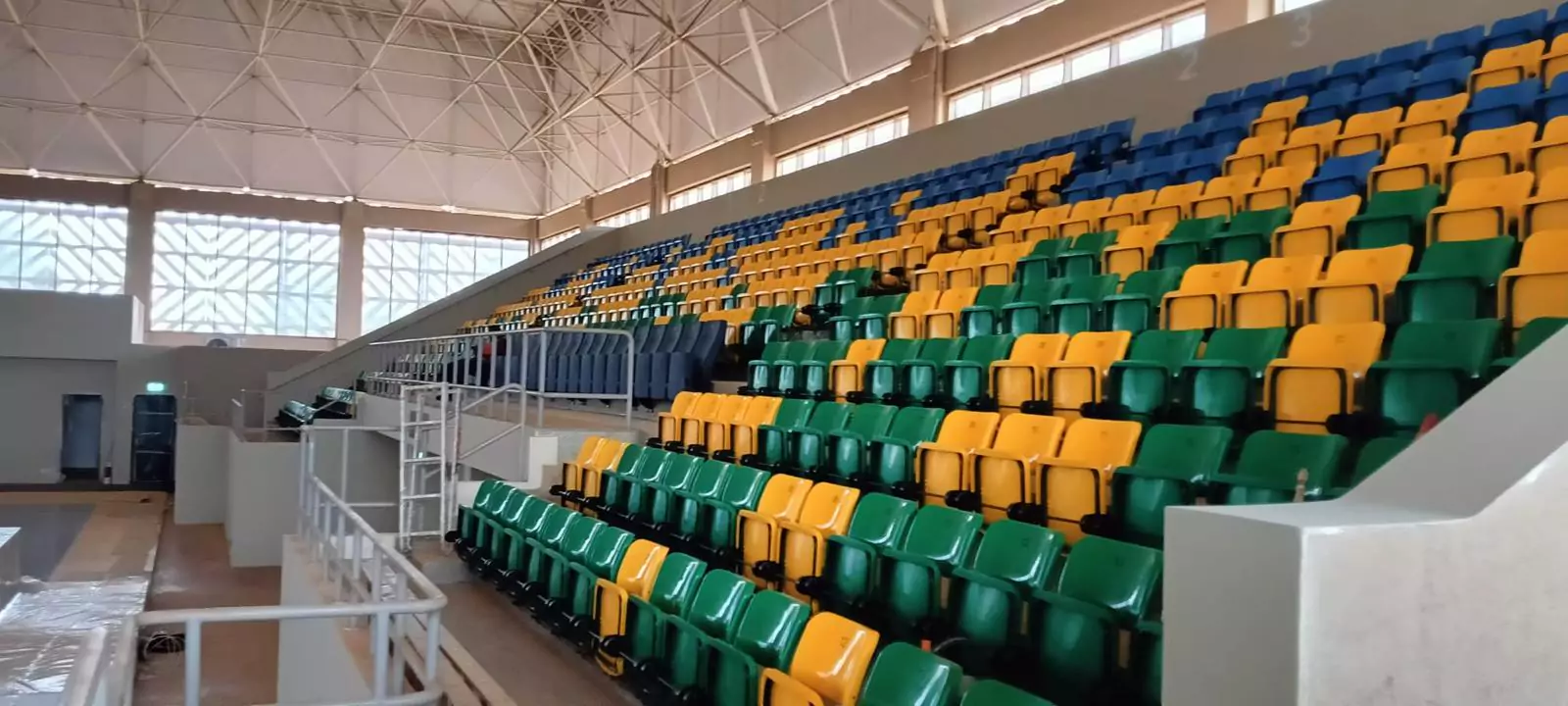Buying Stadium Seats Wisely
Key Factors to Consider Before Buying Stadium Seats
Buying stadium seats is not a simple procurement step. It is an investment decision that will determine the safety, comfort and durability of a venue for years. A poorly selected seating system can create high maintenance costs, visual degradation and even safety risks in the long term. For this reason, before finalizing any purchase, technical and operational criteria must be addressed with care.

The first priority is material durability. Stadium seats operate in high stress conditions. They are exposed to UV radiation, temperature changes, vandalism, repeated impact and continuous crowd pressure. Seats made from UV stabilized and fire-retardant polymers maintain their color and structure longer, preventing rapid aging, cracking or fading on open tribunes. If the project is outdoors, UV protection is not optional but mandatory.
The second pillar is functional type selection. Fixed seats are ideal for large capacity stands that require cost efficiency and structural simplicity. Foldable seats provide easier passage in corridors and improved evacuation performance in compliance with safety regulations. VIP and protocol sections require enhanced foam density, upholstery quality and aesthetic finishes which influence the perceived prestige of an arena. A purchase decision that mixes wrong types in wrong sectors can create both visual inconsistency and budget imbalance.
Compliance and fitting come next. Stadium projects often fail not because of product weakness but because of poor dimensional matching. The seat must match the step depth, mounting points and sightline requirements defined by the architectural plan. A pre purchase layout check and step depth compatibility verification reduce the risk of error during installation and avoid costly on site revisions.
Maintenance and lifecycle cost should also influence the buying decision. Seats with easily replaceable backs, bases or armrests allow localized repairs instead of replacing entire rows. This reduces the total cost of ownership across the years. A low purchase price does not always mean a low project cost when future replacements and cleaning frequency are considered.
.webp)
Finally, buyers should evaluate export readiness, logistics and documentation. Large tenders and international projects require certified materials, packaging suitable for long distance transport, clear mounting documentation and consistent production capacity. A seat that is technically good but not supported with proper paperwork, palletization and shipment planning can delay the entire construction schedule.
By considering these parameters before placing an order, investors avoid common pitfalls and secure a seating system that performs mechanically, visually and economically over time. The cost of a correct decision is always lower than the cost of a cheap but wrong one.

